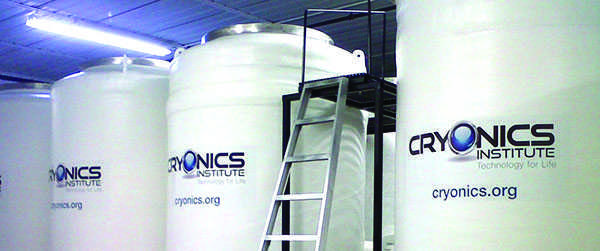How to come back from the dead: cryoconservation

Photo Provided By Google Public Use
The Cryonics Institute was founded in 1976 and offers cryonic services.
November 29, 2016
A 14-year-old teen dying of cancer in London had a final wish to be cryogenically frozen in hopes of coming back to life one day. While once an absurd idea, cryoconservation is becoming a technique that interests many.
Cryoconservation is when a dead human body is preserved in sub-zero temperatures to restrict decay in brain and other cells in the body. Human blood is drained out and an anti-freeze is put into the body. The body is then stored in liquid nitrogen. Only Russia and the U.S offer cryoconservation. There are few studies that show that a body would truly be able to reanimate after years of being frozen. Despite this, some people think that they would be able to survive being frozen in a nitrogen liquid container and would be able to come back to life.
According to CNN, the Cryonics Institute said the girl, whose last wish was to be frozen, was its 143rd patient. The girl, whose name is not given but identifies as JS, faced ridicule by her dad who claimed cryoconservation was not the right choice.
‘“I believe they are selling false hope to those who are frightened of dying, taking advantage of vulnerable people,” said JS’s father. “When I asked if there was even a one in a million chance of my daughter being brought back to life, they could not say there was,”’ said JS’s father, according to The Guardian.
The idea of the human body being frozen is a controversial debate between many scientists. According to Ramon Risco, a cryobiologist, scientists that accept the idea and want to perform it have the risk of ruining their reputation as scientists. Although this idea is not extremely common today, some people believe that with continued studies by credible scientists cryoconservation could turn into an ordinary alternative to death.








